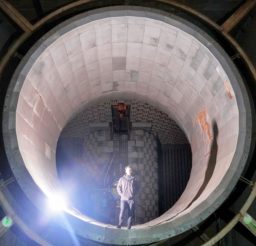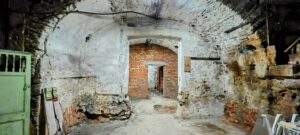Unexplored Dorset: HM Prison Dorchester
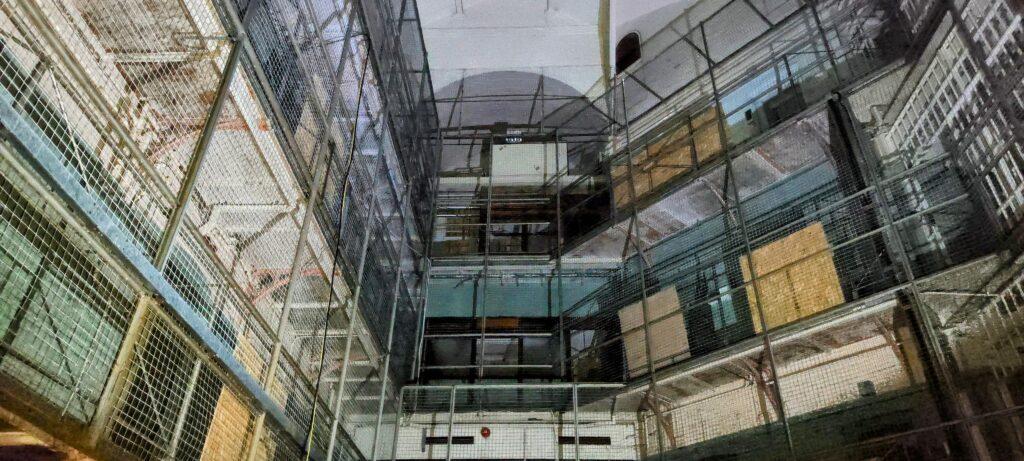
In 1885 HM Prison Dorchester was built on the site of an older prison (1796-1880), which in turn was built on the site of a castle dating back to 1154. It was a standard Victorian design and consisted of two main wings radiating from a central hub with galleried landings, providing space for around 300 prisoners.
History of Dorchester Prison
Before its closure in January 2014, it had a turbulent recent history- in 2006 25% of random drug tests came back positive, mostly for cannabis but also for heroin. In 2007 overcrowding and a lack of investment in buildings and facilities led to the Prison Reform Trust stating that prison staff were “battling against overwhelming odds in old and overcrowded premises.” The report also criticised the lack of work opportunities for inmates. Conditions did however improve, with Dorchester being awarded “Most improved Prision” in 2008. This was as a result of the £41 million spent on it in the 12 years prior to its closure, including new healthcare facilities that opened just six months before its closure.
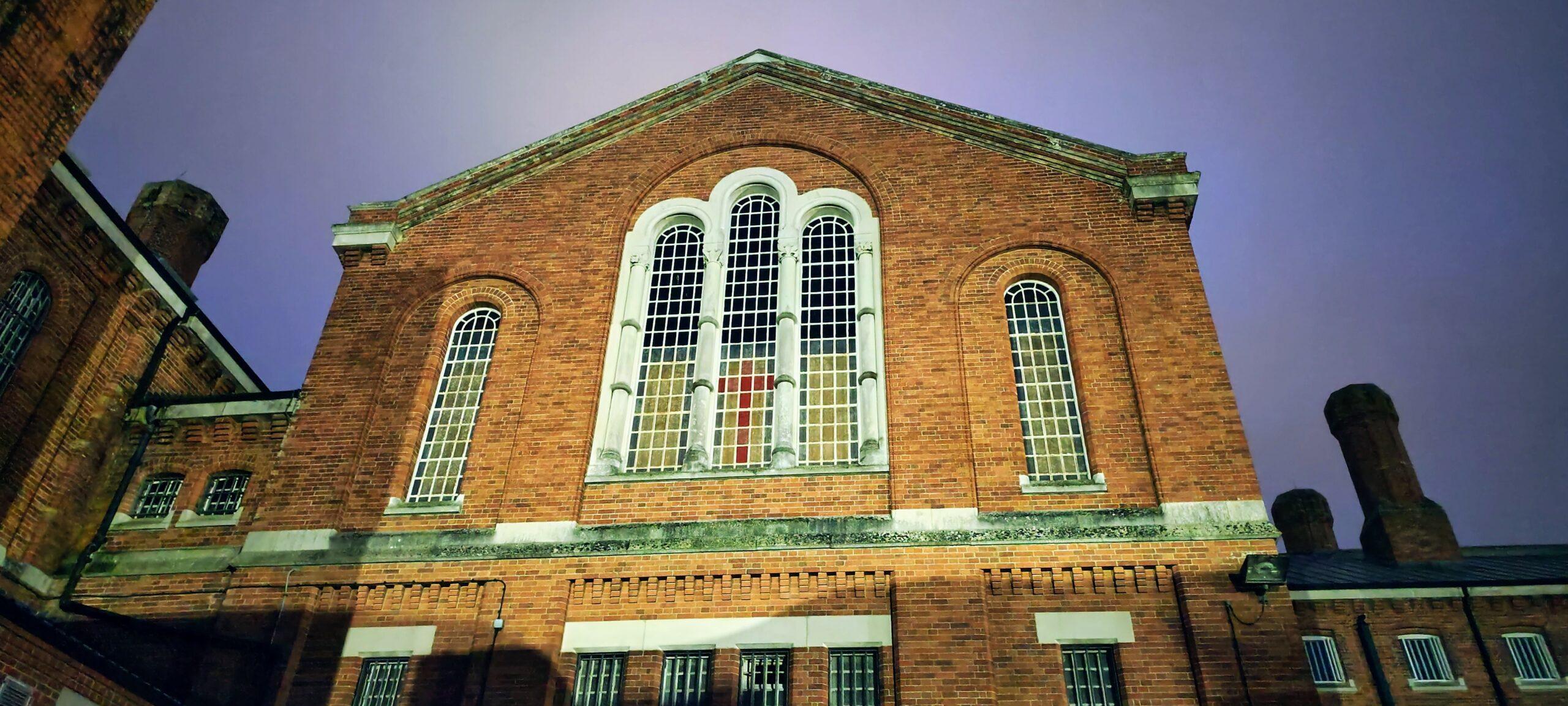
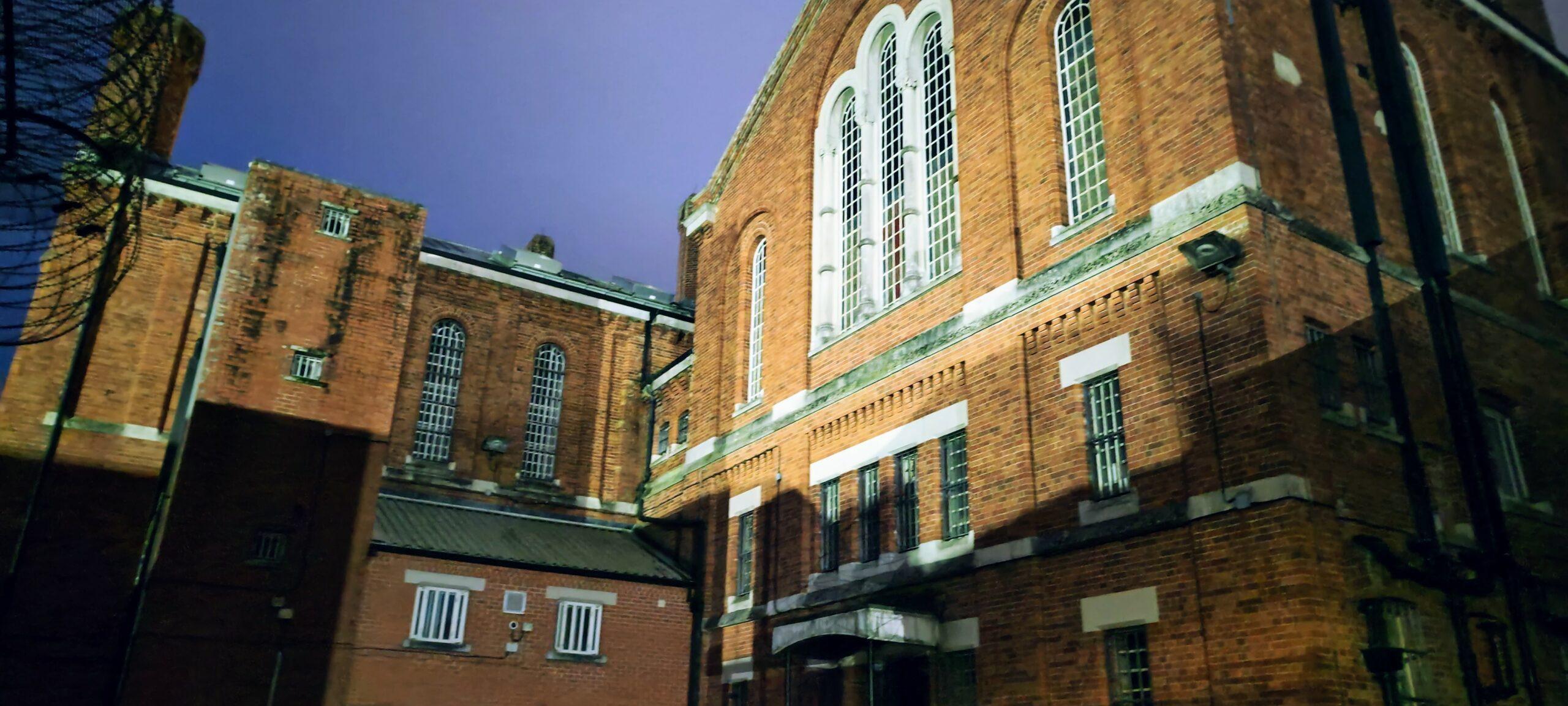
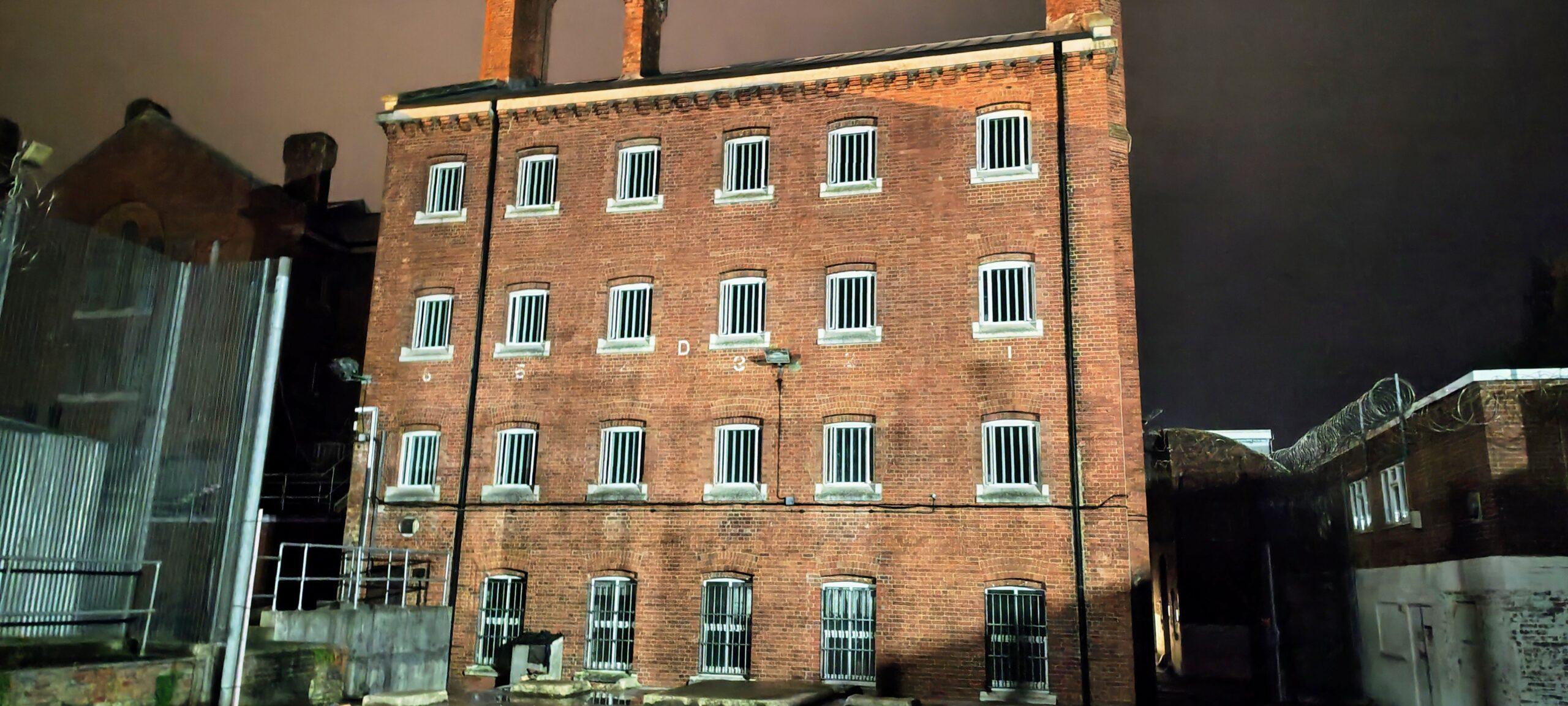
In the run up to its closure HM Prison Dorchester held adult and young adult males, around half convicted prisoners and half remanded inmates. Further back in its history it held both men and women, and there was a debtors wing. Executions also took place in the grounds. It is believed Martha Brown, the last woman to be hanged in Dorset, is among former inmates buried in the prison. Her execution was witnessed by Thomas Hardy and inspired his novel Tess of the d’Urbervilles.
In 2019, as part of development plans for the site, permission was granted to exhume the bodies that remain. Other former inmates that remain buried at the site include the murderer David Jennings, who was the last person to be buried in the yard after he was executed in the yard in 1941. The last public execution was in 1858; James Seale was tried and found guilty of murder. All later execututions at the prison were behind closed doors.
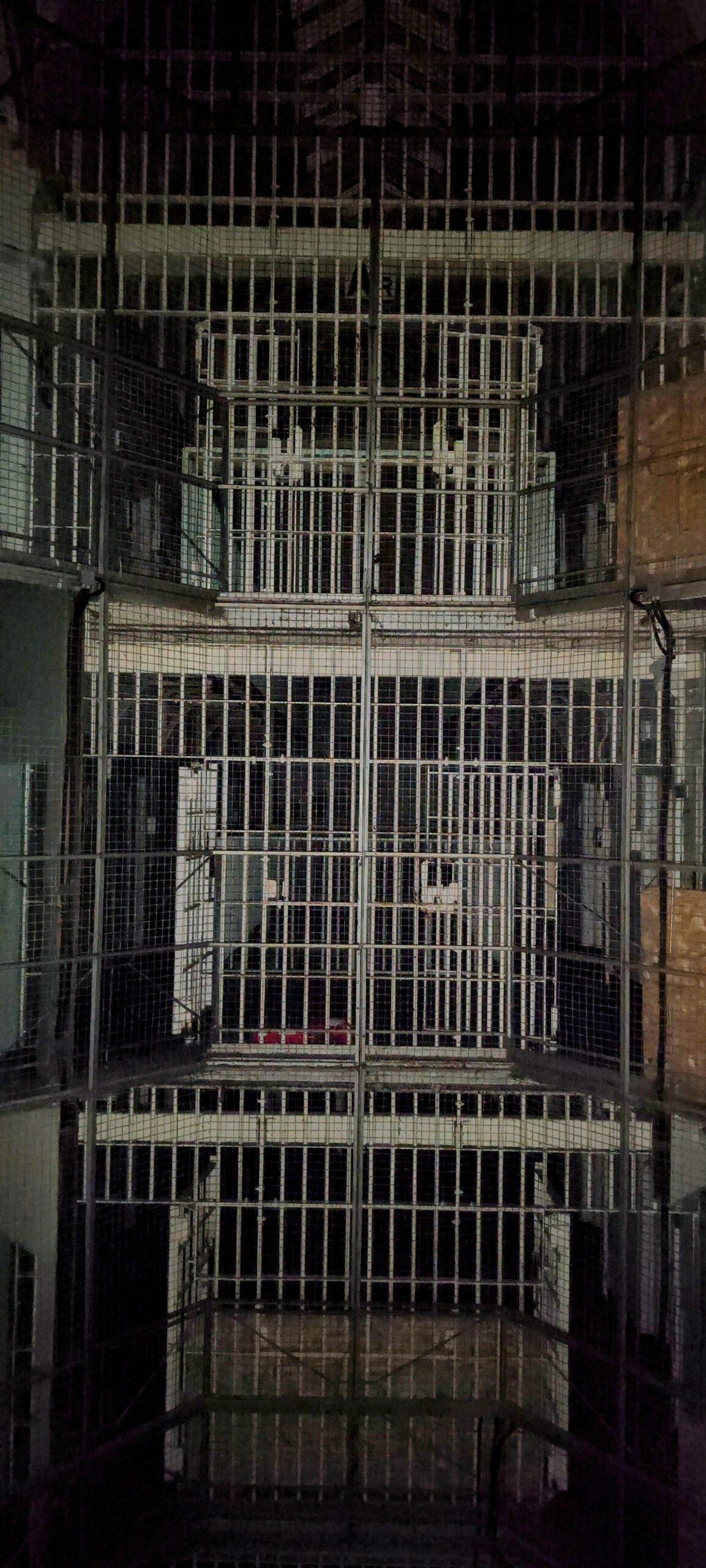


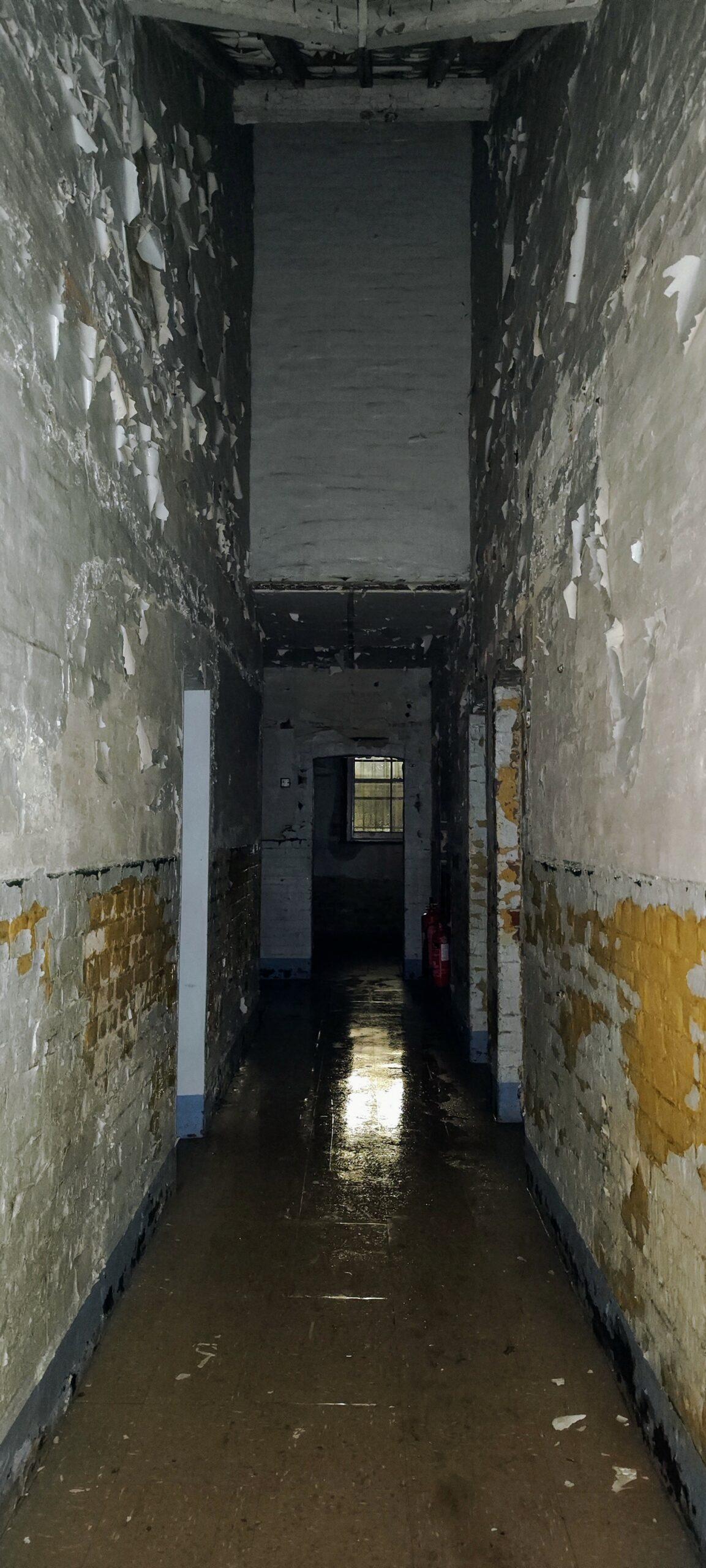
Current Use & Future of Dorchester Prison
The prison site was sold to development company City and Country in 2014 who have plans to convert the site into 200 homes, but they do intend to preserve the Gatehouse as a museum. Progress on this seems to have stalled, but in the meantime the prison has seen a number of uses including community events and fitness classes, airsoft, tours, and it has been a filming location for series inlcuding Most Haunted, Luther and The Gold. The tours are guided by an ex-prison officer, but you have a lot of freedom to roam around on your own, making them a great way to see the inside of this abandoned prison.
Exploration of Dorchester Prison
We joined an evening tour of the prison, which was conducted in the dark, adding to the atmosphere of exploring the vast abanadoned and decaying site. Though the prison still sees use, as menioned above; large parts of it are only used for tours and airsoft games, meaning large sections have not been maintained. This made exploring the prison feel more authentic and closer to an “Urbex” experience than you would expect from paying to jon a guided tour!
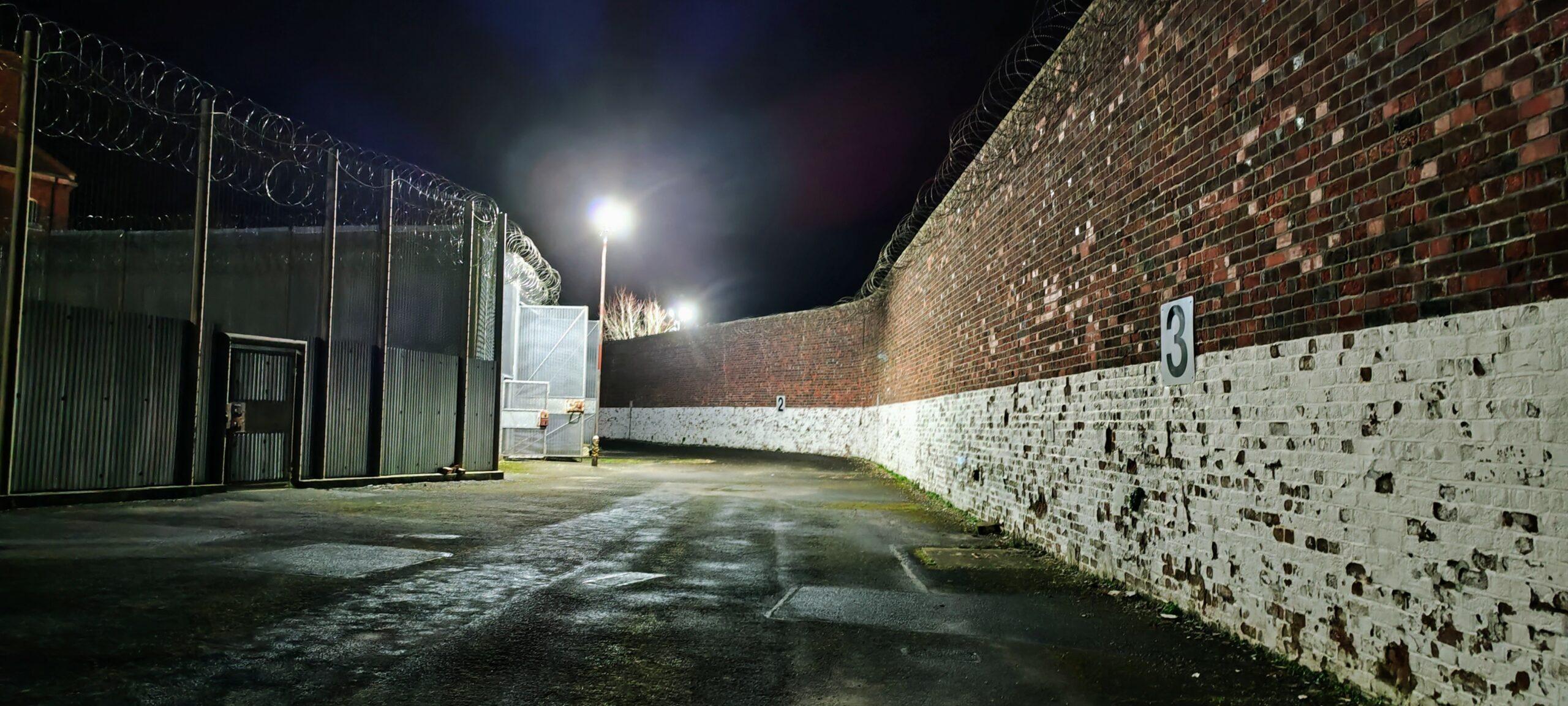

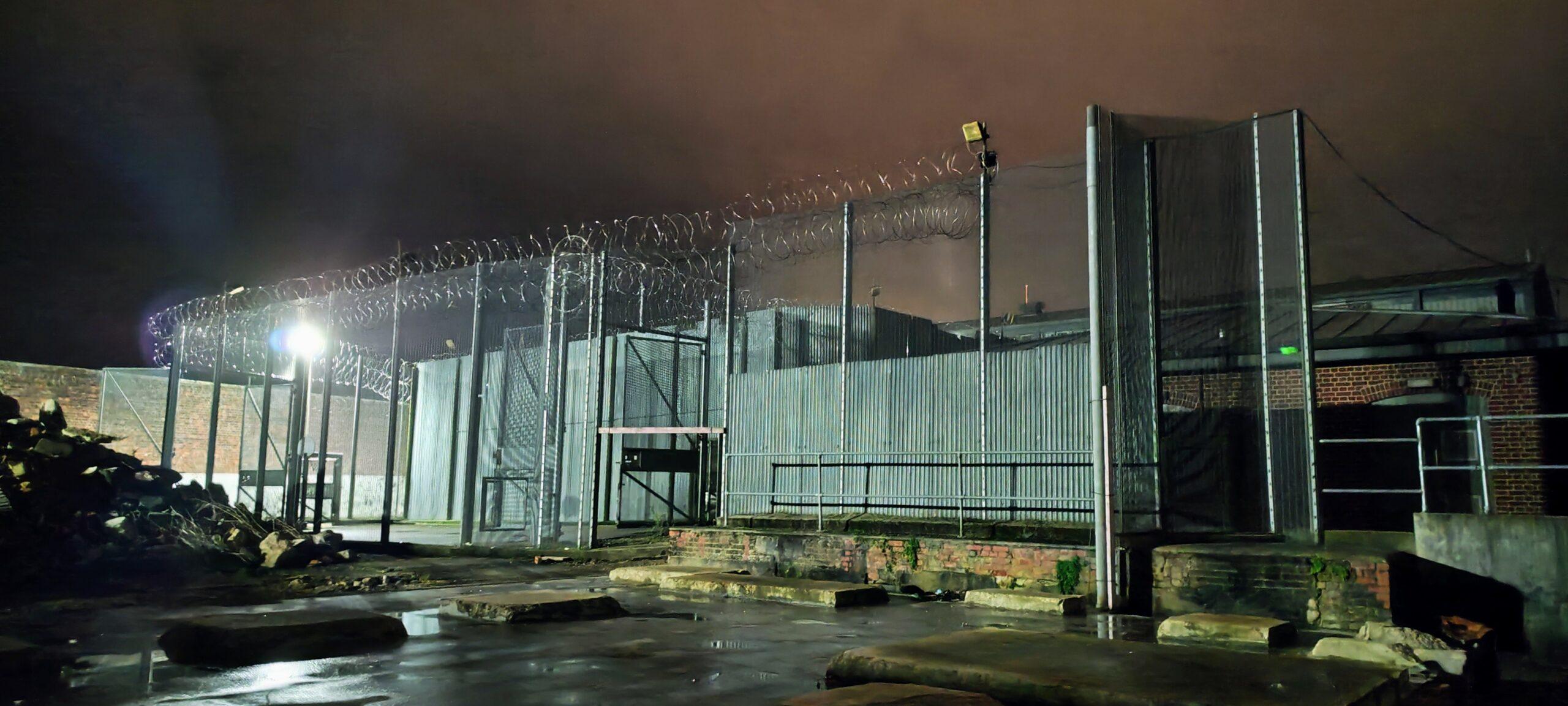
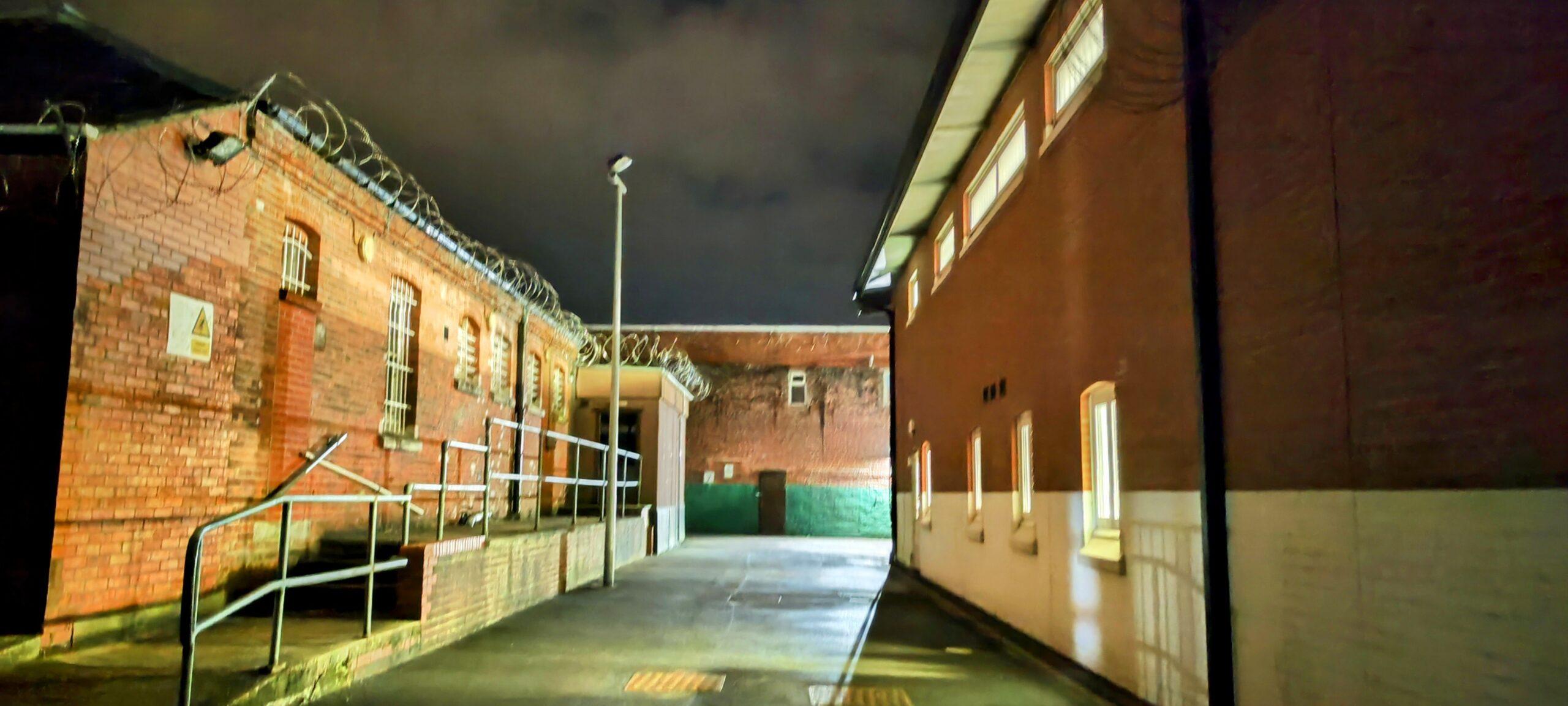

To start with we circumnavigated the red brick Victorian buildings, inside the immense boundary walls within the prison yard, surrounded by barbed wire. We circled the site, heading into the exercise yard where prisoners could experience the outside world for an hour a day. Prisoners walked anti-clockwise in the exercise yard, as the Victorians believed that this helped turn back the time on their crimes. Our ex-prison guard guide gave an insight in to prison life, and detailed how red tape had impacted the prison service, with outsourcing of maintenance work both slowing down and increasing the cost of basic repairs and maintenance.
Inside the prison was a mix of Victorian architechture with semi-modern additions- the closest thing I could relate it to on the outside world would be a Victorian school. The air was dank and cold inside, moisture from condensation dripped from the walls and ceilings. Though the building was no longer maintained or heated, apparently conditions were not much more pleasant when the buildings were in use- prisoners often complained about the cold conditions.
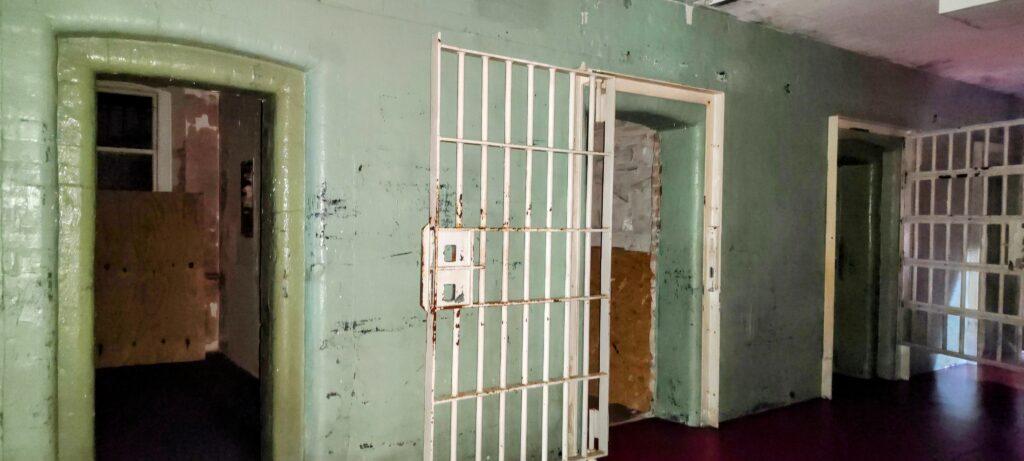
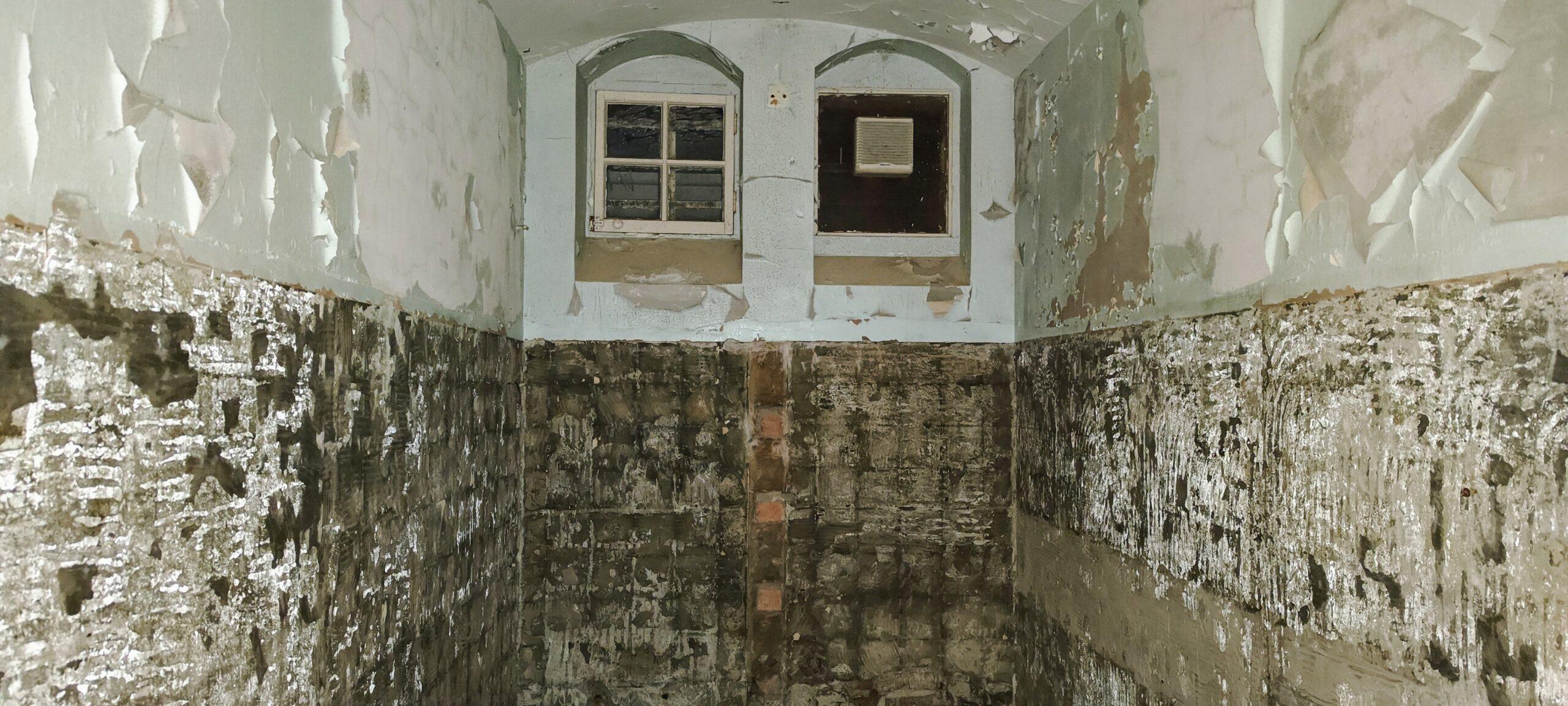
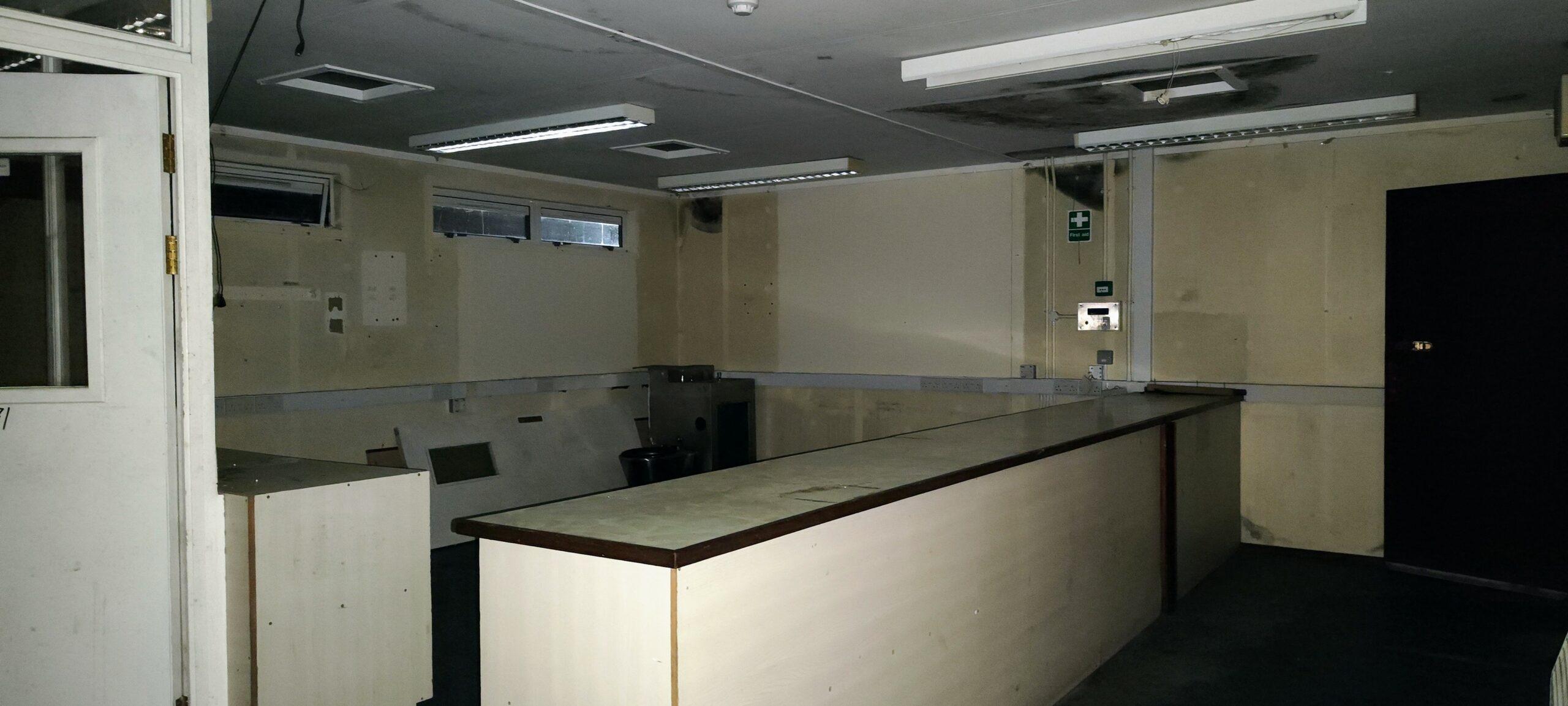
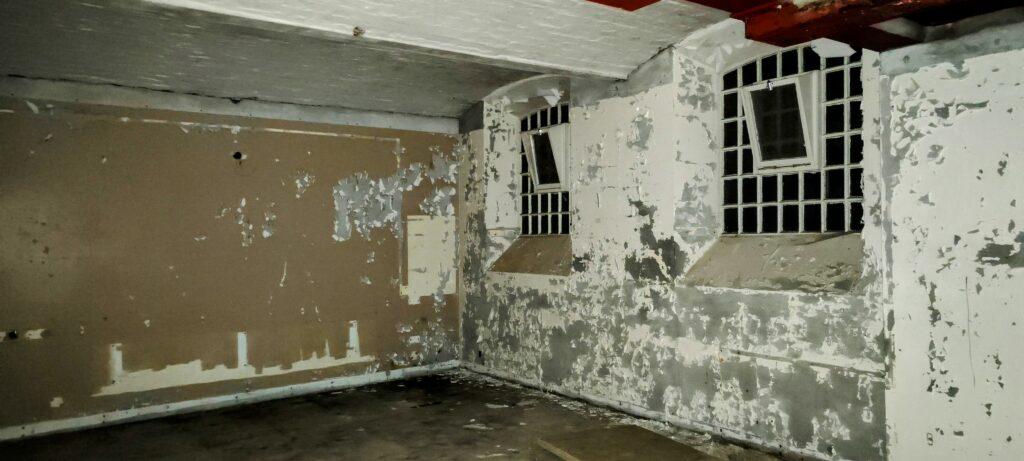

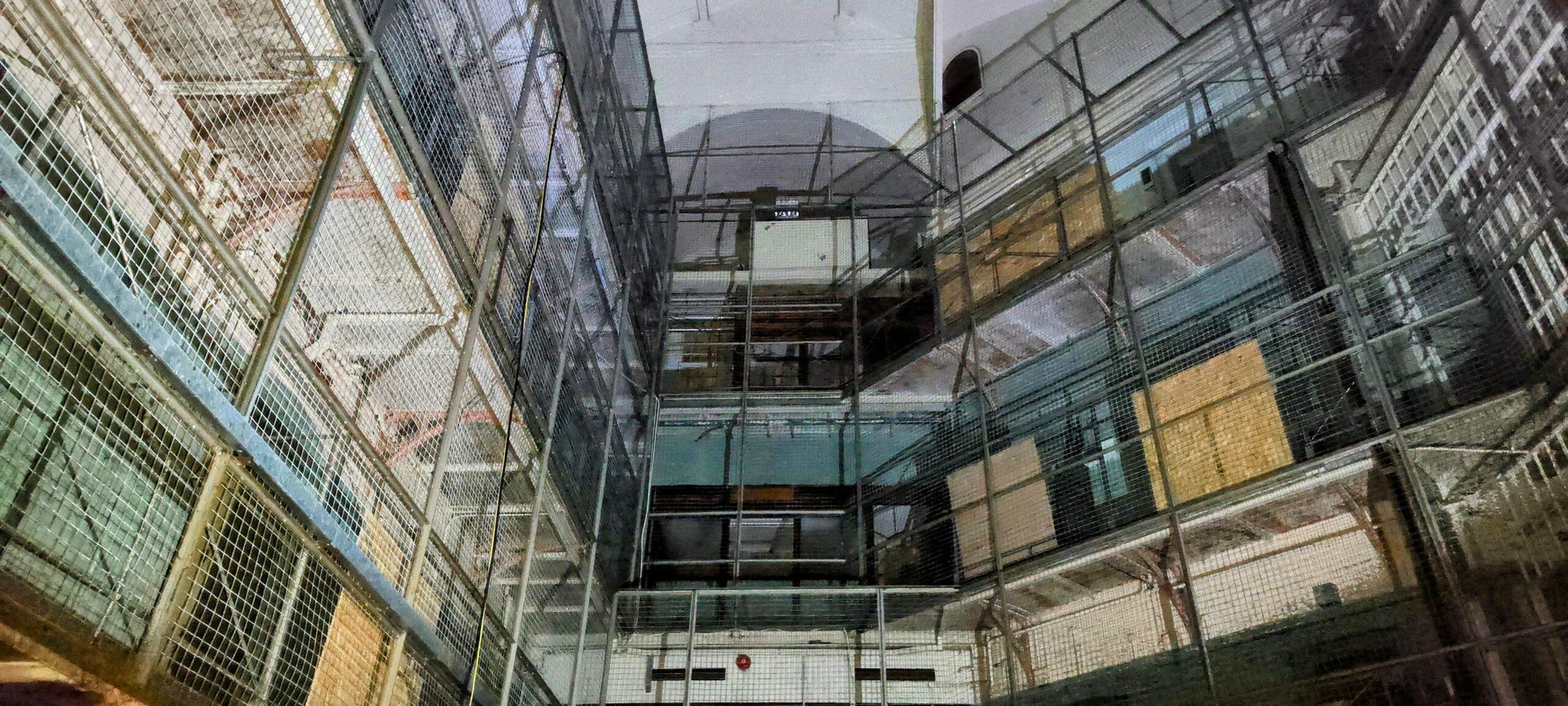
Walking through corridors, passing offices, interview rooms and the canteen, we eventually reached the impressive central hub of the prison, Every level of walkway, lined with metal bars, could be seen from this point. Heading up the stairs, metal clanging and echoing beneath our feet, we made our way into the small musty cells. One still had newspaper clippings pasted to the wall by a previous inmate. Crossing the gangway and peeking into a few more cells, we made our way to the chapel. This was the only room of the prison that was carpeted, a small amount of light glinted through the stained glass window, illuminating the room. The chapel was used for meetings as well as its religious purpose, and was where staff were told the prison was closing nearly 10 years ago.

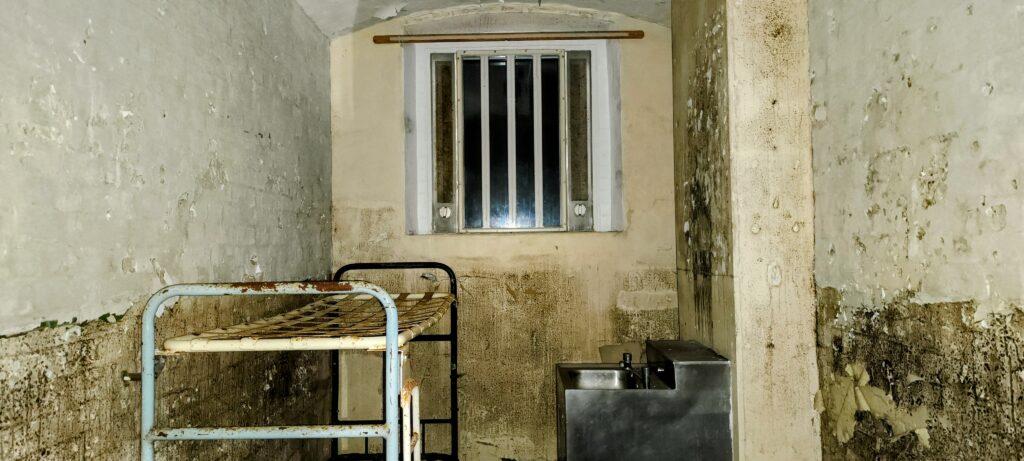

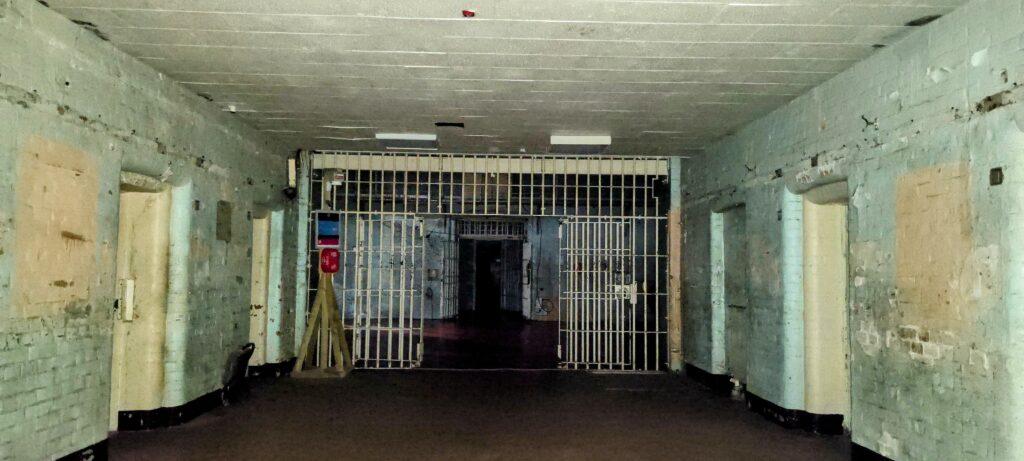

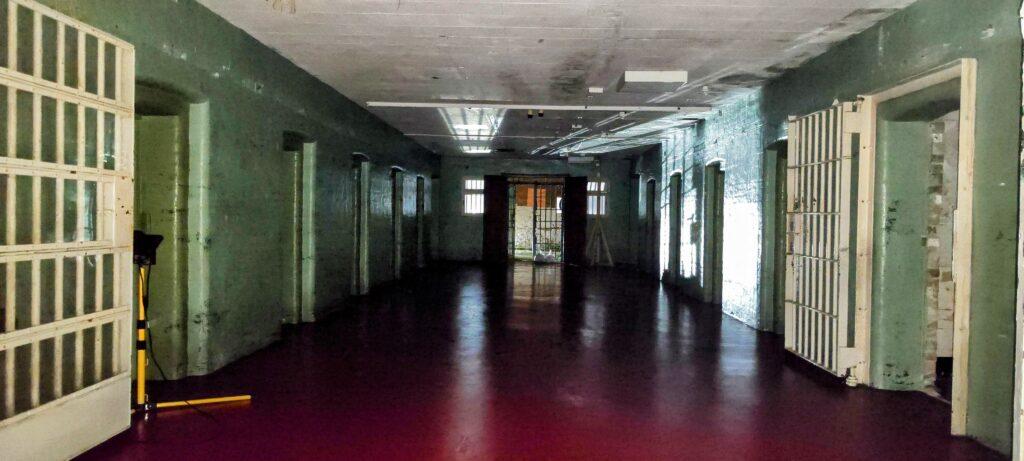
Last Updated on 22 March 2023 by Michael

